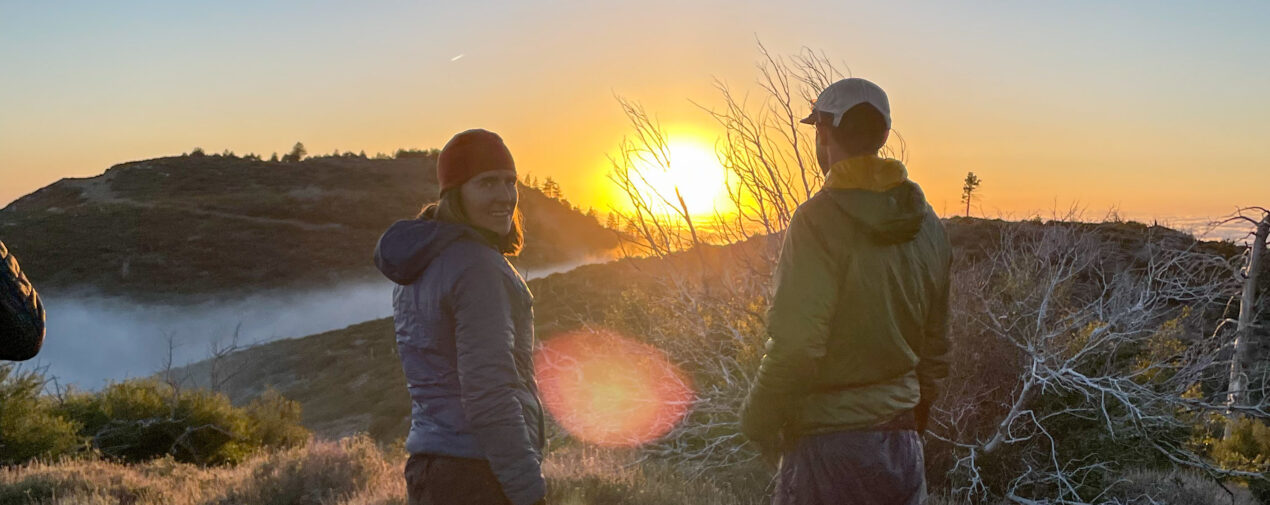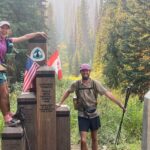Keeping the Romance Alive on the PCT
Attempting a thru-hike with your significant other is one of the most amazing escapades that you can embark upon! It will generate experiences and memories that will last a lifetime and you’ll gain skills and perspectives that can carry over well past the trail’s terminus. However, unlike the trail ahead of you, there are no topographic maps or weather reports to predict what challenges lie around the bend. In addition, one hiker’s (or couple’s) experience is not a blueprint for what to expect as it pertains to relationships. Nevertheless, after walking 2,650 miles together and sharing the same tent day after day, my wife and I certainly do feel we have some valuable advice, tips, and tricks for keeping the romance alive and well on the Pacific Crest Trail.
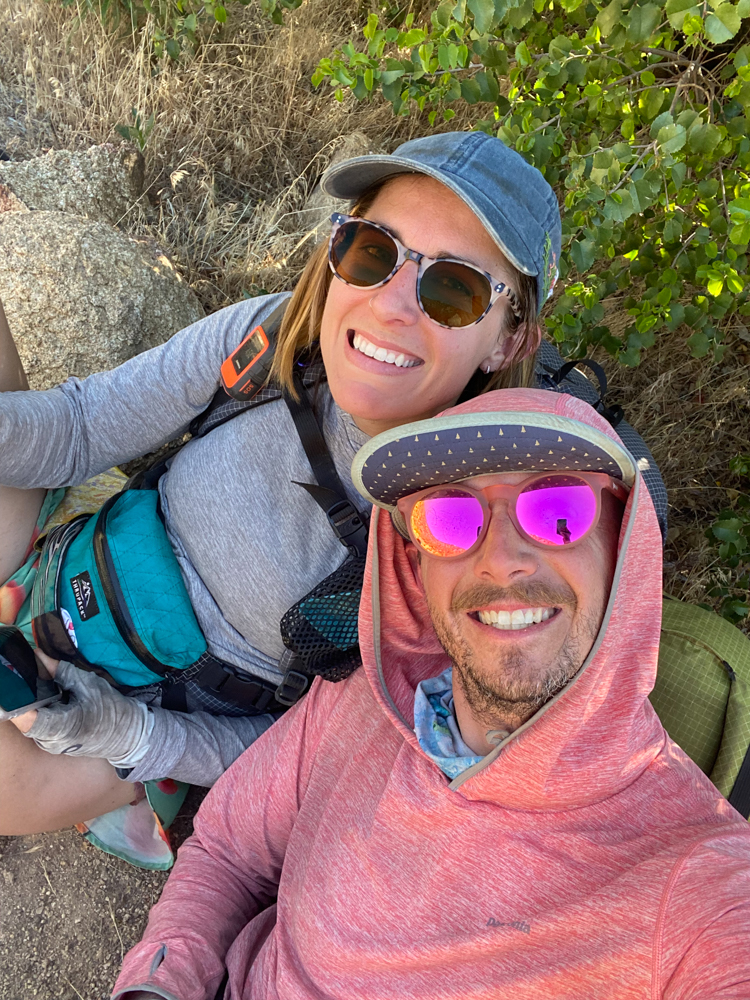
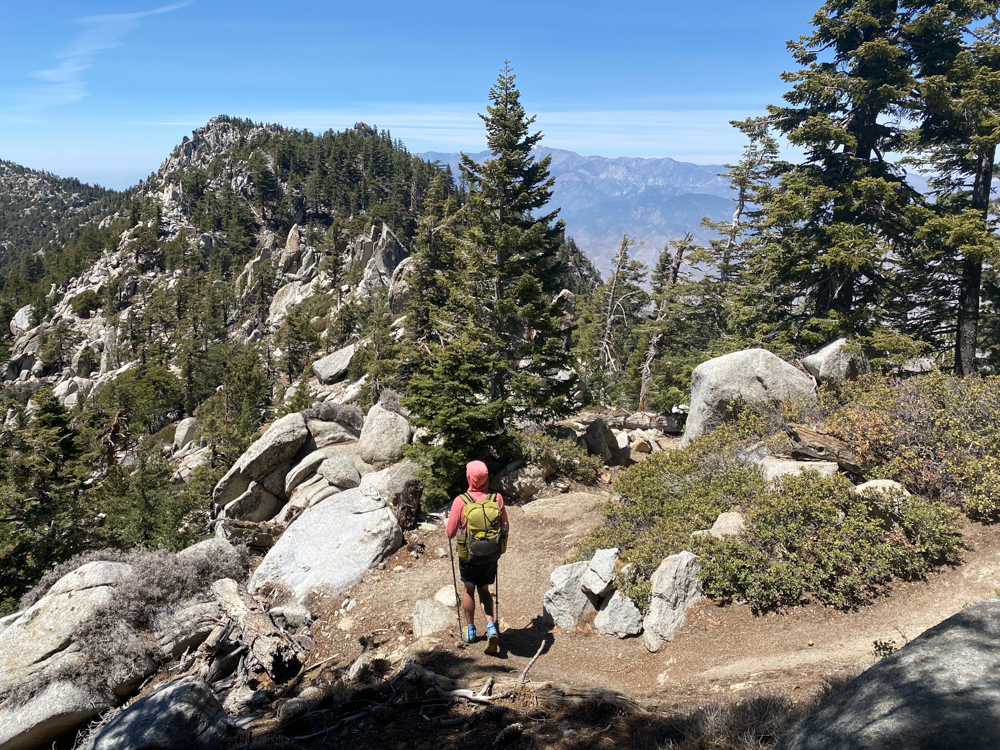
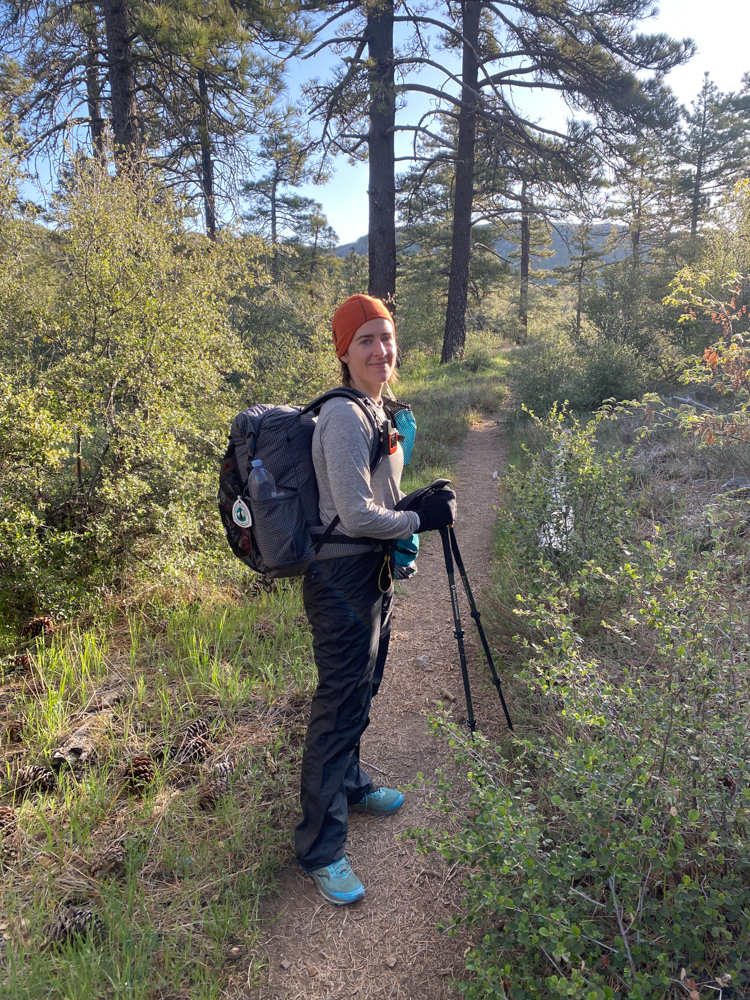
Communication
The most valuable tool in our arsenal wasn’t stuffed away in our packs or pockets and it wasn’t a new fancy piece of ultralight gear. It was our voices. For our PCT thru-hike, good communication was crucial for our success and happiness. This goes beyond keeping up the laughs and conversation (which there will be plenty of) and focuses on one another’s feelings, struggles, accomplishments, objectives, and so much more. After talking through it for over four months on the trail, here are some of our do’s and don’ts of communication while thru-hiking:
| DO | DON’T |
| Listen: Not every problem on the trail can be solved, including aches, pains, and mentality. At many times just being there and listening is all we can do, and sometimes, just being there means a lot! | Assume: What may be an awesome and fun section of trail for you may not be the same for your partner. It doesn’t do any harm to check in and see how your better half is doing even if you don’t hear any complaints. |
| Speak Up: Looking like an absolute chaotic mess is NOT an uncommon thing on the trail. So while you may think that it’s visibly obvious when you’re struggling, it’s certainly worth letting your partner know when you’ve hit hard times. | Play Representative: Speaking for your partner isn’t always wise and trying to predict their desired plans when making arrangements with other hikers can lead to undesired results. |
| Love: Just like at home, expressing your gratitude and appreciation for your partner goes a long way. There wasn’t a single instance in which hearing “I love you” didn’t help. | Sleep angry: A rule that we brought from home. Being able to talk through a disagreement and ensure a better night of sleep was key to our success. Your wake-up routine will be cold and uncomfortable enough, so there’s no need to add to that! |
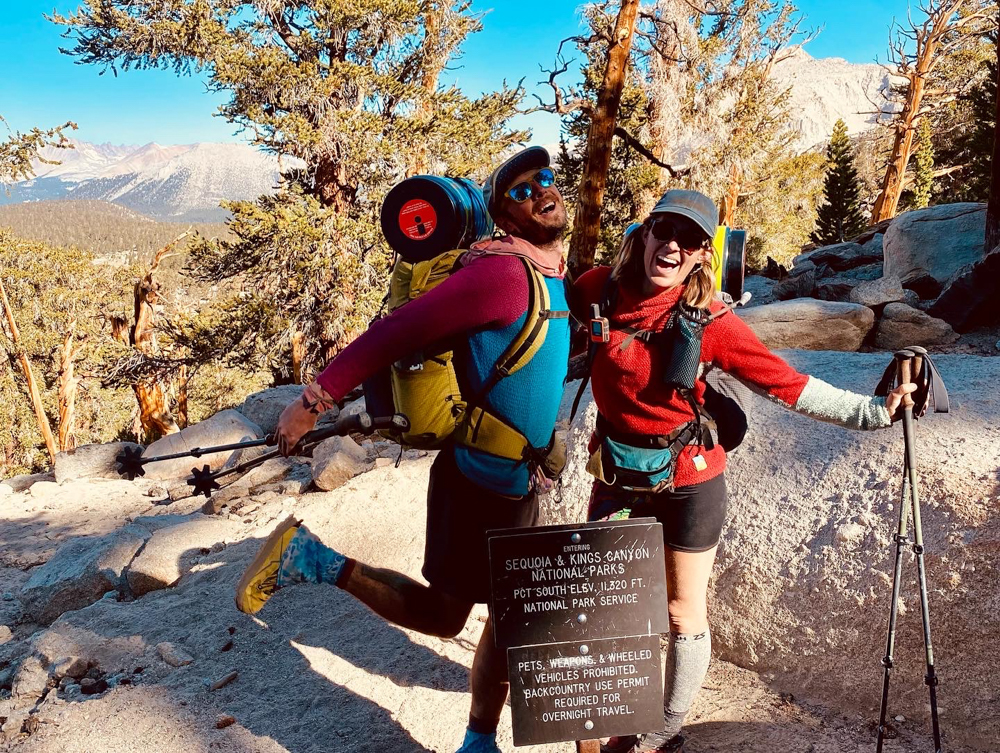
Independence
Can you actually achieve any kind of independence when thru-hiking a long-distance trail with your partner? The answer is yes, and how you do that is really up to you! We met couples who had different start dates and hiked close to a month on their own, as well as couples who were no more than 100 ft from each other at all times. The solution for us was to mix it up in regard to our solo miles while remaining as self-reliant as possible. This resulted in some gear choices and tactics that allowed for comfortably traveling miles apart while still meeting up with your favorite stinky snuggle buddy at the end of the day.
- Gear: Striking a balance of shared and independent gear was crucial. When traveling miles apart, it was important that we felt prepared to spend the night (or longer) alone in case we were unable to meet up. This resulted in us only sharing our tent and our garmin so that we could “survive” if separated. I was comfortable enough to plan on cowboy camping most nights, and if the forecast looked questionable, we stuck together. Alternatively, if we planned on sticking together all of the time, we would be more comfortable to have shared a cook/food system, a water filter, and maybe even a two person quilt!
- Strategy: The “how” of independently thru-hiking as a couple is something that we figured out along the trail as we determined our wants and needs as it related to our hiking style. Vee preferred getting in more early morning miles which is when she tends to move the quickest (also a good way to beat most of the mid-day heat!) and take her time on the inclines. Personally, I enjoyed sleeping in a bit longer and locking in a faster speed/pace with fewer breaks in the day. So this typically resulted in Vee starting about one to two hours before me and meeting in the afternoon.
- Getting ahead: There are times when hiking independently as a couple wasn’t only an option, but an advantage. After some Northern California fires pushed a large bubble of hikers ahead, we ran into the issue of lacking established tent sites due to them being already full of hikers. Seeing as I enjoy moving faster with less breaks, the solution was sending me ahead to set up camp early. This turned into a great win-win, as I was able to move faster and Vee could arrive to camp with our tent already pitched.
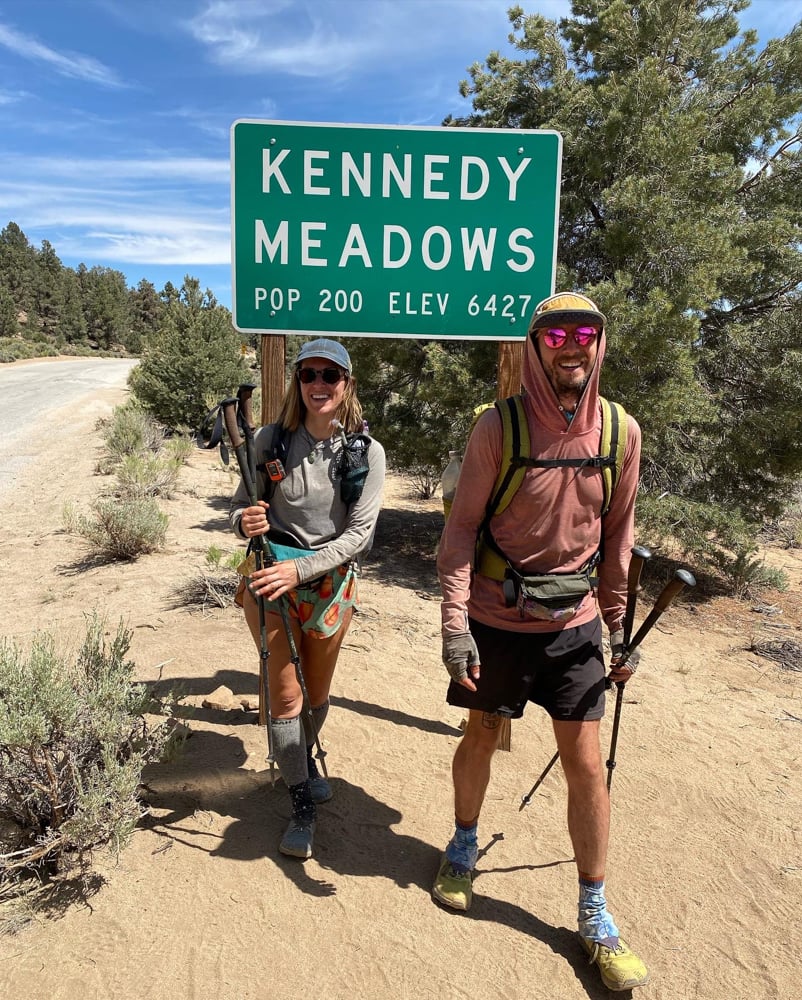
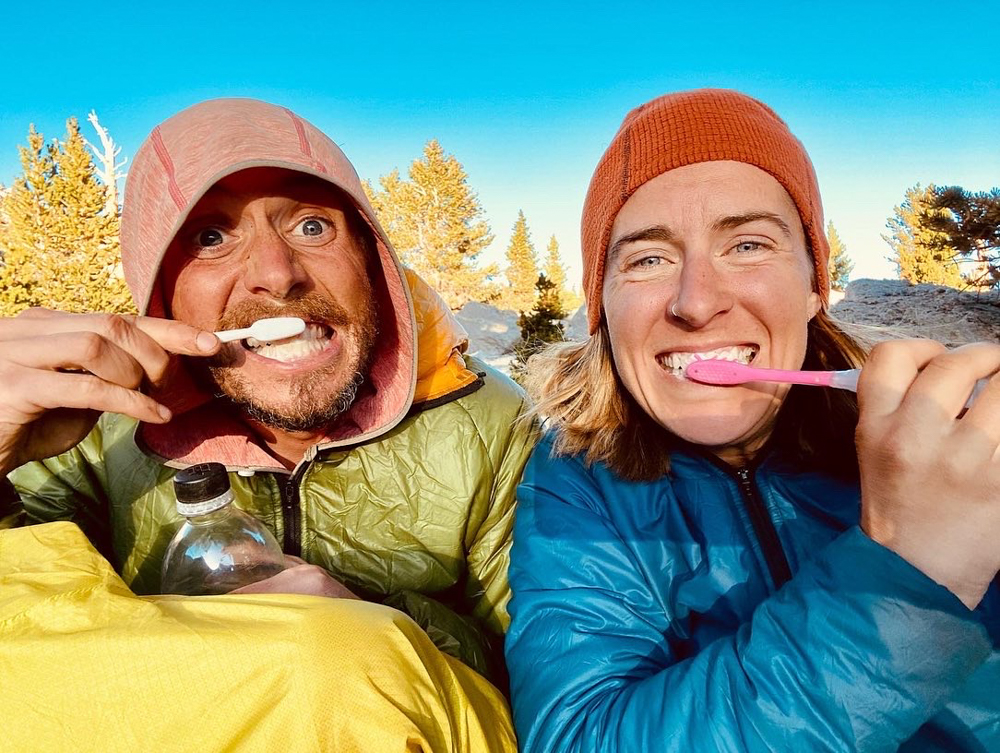
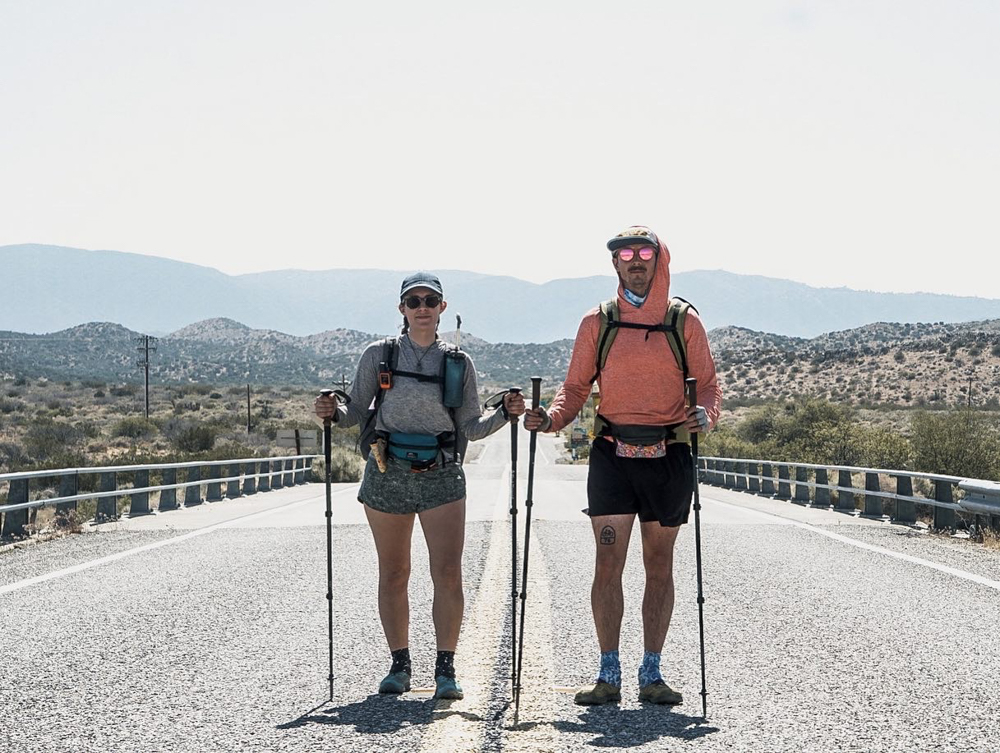
Getting “Romantic”?
One of the other “necessities” for us on the trail was having the ability to get romantic with one another. I mean this in both the emotional and physical sense of the word. This might be easier said than done, but nevertheless, it was important that we were able to really express our love for each other!
Scenario: You’ve just hiked 30 miles in the hot sun, you haven’t showered or used deodorant for four days, you’re extremely tired and your breath smells of tuna and couscous. Perfect time to make out with your significant other right?! Well, maybe not, but the trail has got you looking super fit and some time alone with your partner is on the mind. So what’s a couple to do?
Option A: Plan on a town day that you can make a date out of! Nothing sets the mood like a hot meal, a shower, and not walking for 10 hours a day.
Option B: If you’re leaving town after a resupply and a shower, consider just making a near-zero day out of it. This way you can still have that nice romantic tent site without any of the concerns of being so smelly that the flies won’t leave you alone.
Option C: Oh, you haven’t showered, you’re tired and your breath smells of tuna and couscous? Well then we match! Seriously though, you really do get more used to your bodily odors, and love doesn’t have a nose.
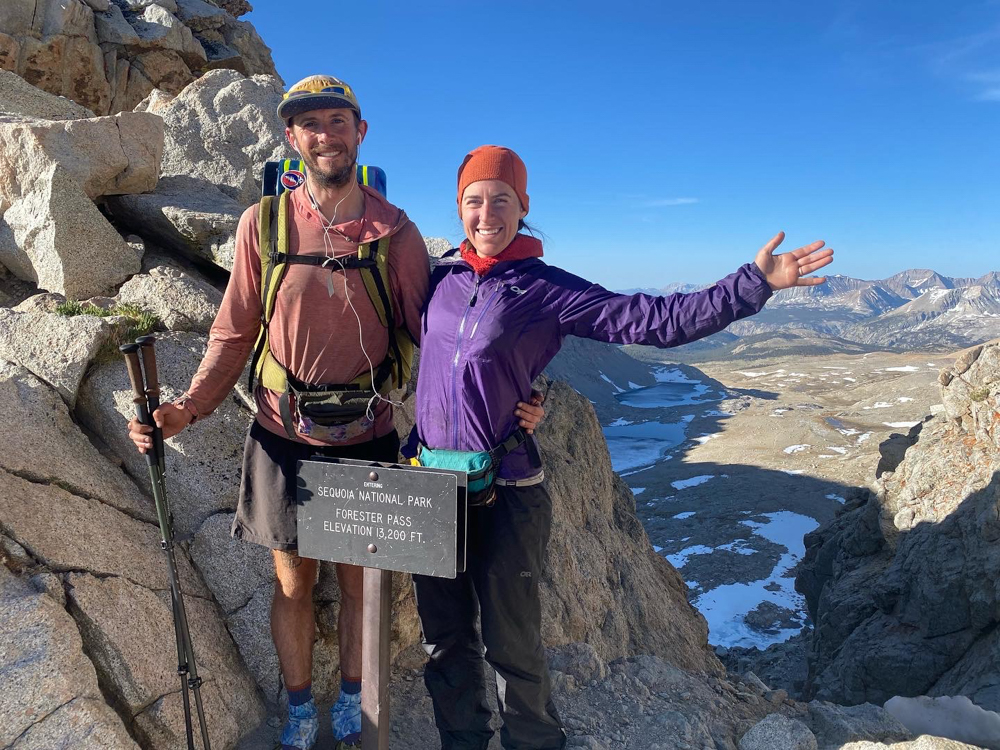
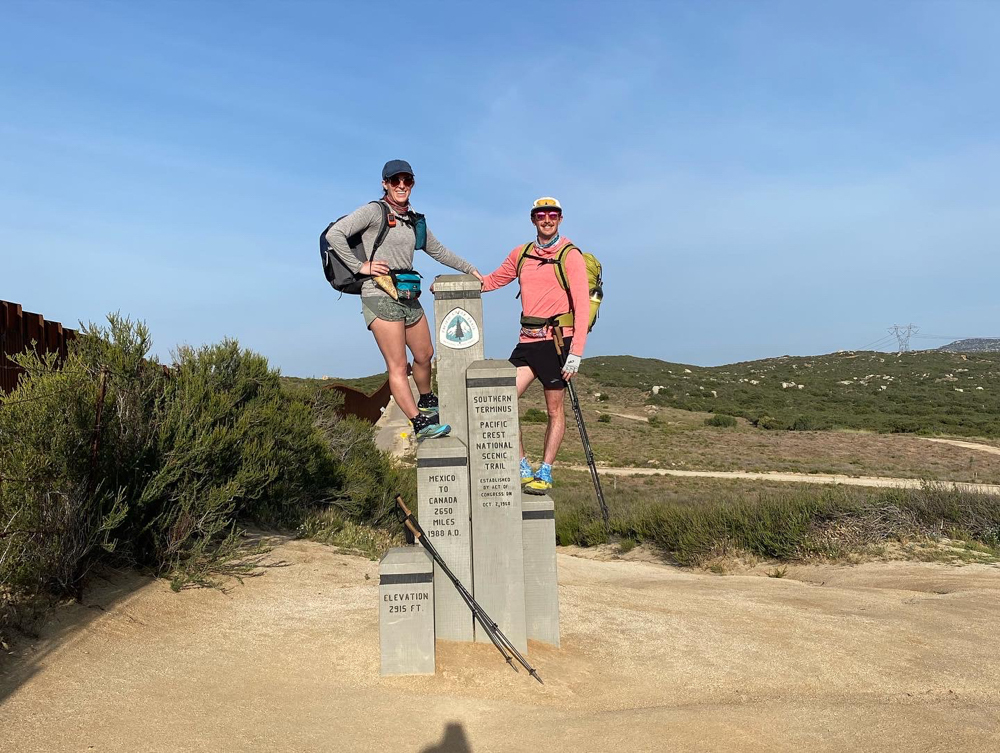
What did we learn?
Setting out to accomplish a personal goal on your own is one thing, but to tackle a shared goal such as thru-hike as a team was a constant learning experience. We gained a better perspective of how to support each other when one of us is struggling physically, mentally, and emotionally. We discovered how to better communicate our needs and objectives. Best of all, we confirmed that the most important accomplishment that we could achieve on trail was to work as a team and acknowledge this was “our” journey together, which is a sentiment that will remain for all of the miles to come.
About the Gear Tester

Tim Kennedy
Tim is thru-hiking the Pacific Crest Trail with his wife Vee. When he’s not hiking, he’s likely eating or sleeping, but off the trail you can find him running through the mountains, backcountry skiing or spectacularly failing at disc golf.

